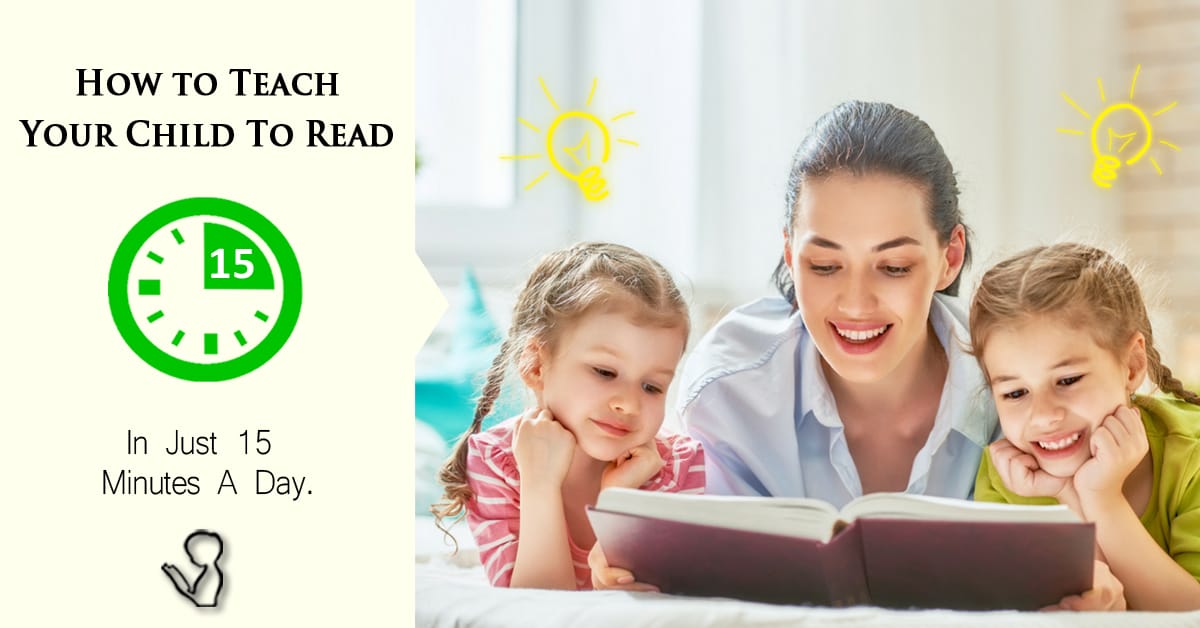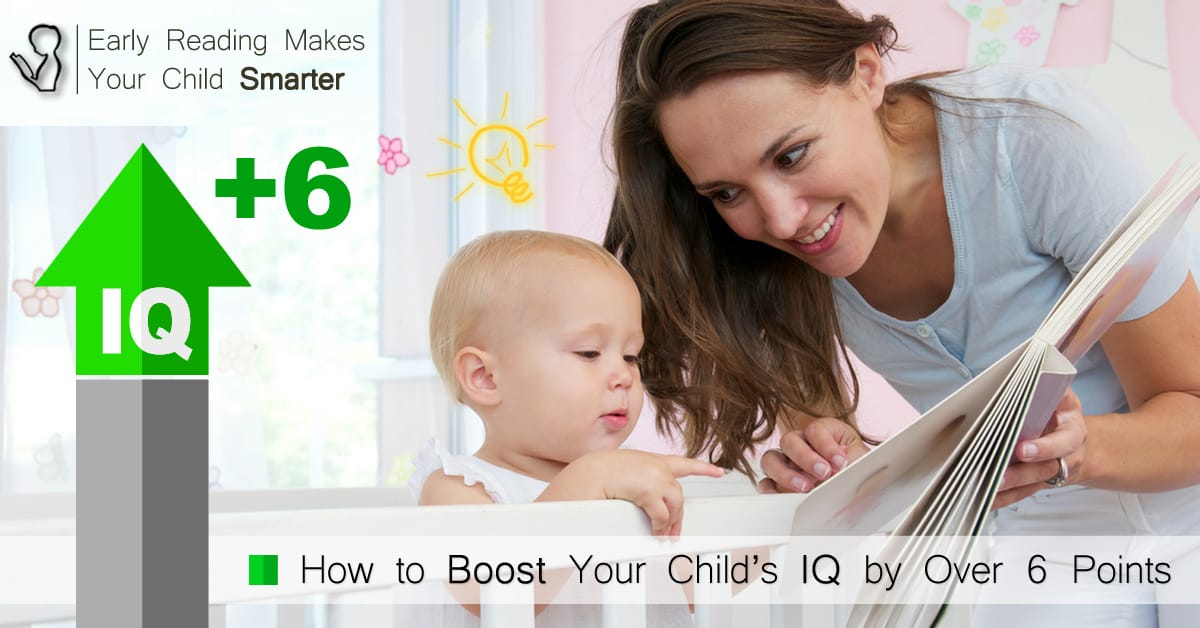Children Learning Reading - The Proven Formula That Enables Any Parent To Easily Teach Their Child To Become An Amazing Reader

Go Straight to the Children Learning Reading Resources
Key Takeaways:
- Discover the essential steps and strategies for teaching children to read effectively at home.
- Understand the importance of phonemic awareness and phonics in developing strong reading skills in young learners.
- Learn how to create a nurturing and supportive reading environment that encourages children to become confident and proficient readers.
The Foundation of Reading: Phonemic Awareness
Phonemic awareness is the ability to hear, identify, and manipulate individual sounds—phonemes—in spoken words. This is a critical early step in the reading process. By engaging in simple activities like rhyming and syllable counting, parents can significantly boost their child's phonemic awareness.
This foundational skill sets the stage for phonics, which is the next step in the reading journey. Research has shown that children who develop strong phonemic awareness are more likely to become proficient readers.
Phonics: The Building Blocks of Reading
Phonics involves the relationship between sounds and their spellings. By teaching children the sounds that letters and letter combinations make, they can begin to decode words. This decoding process is essential for reading fluency.
Interactive reading apps and books designed to teach phonics can be incredibly helpful. However, the key is consistency and practice. Regular reading sessions where phonics skills are applied can greatly enhance a child's ability to read independently.
The Role of Vocabulary in Reading Proficiency
A rich vocabulary is crucial for reading comprehension. The more words a child knows, the better they will understand the text they read. Parents can expand their child's vocabulary by reading a variety of books and discussing new words.
It's also beneficial to encourage children to express themselves verbally, which reinforces their understanding and use of new vocabulary. Remember, a child's vocabulary is a strong predictor of their reading comprehension skills later in life.
Comprehension Strategies for Young Readers
Reading comprehension is the goal of reading. Parents can teach comprehension strategies by asking questions before, during, and after reading a book. Predicting what will happen next, summarizing the story, and relating it to personal experiences are all effective strategies. These activities not only improve comprehension but also make reading a more interactive and enjoyable experience for the child.
The Importance of Reading Aloud to Children
Reading aloud to children has numerous benefits. It exposes them to complex language structures, varied vocabulary, and different types of texts. When parents read aloud, they model fluent reading, which children can emulate.
It's also an opportunity to discuss the content, share reactions, and foster a love for reading. The time spent reading aloud to a child is invaluable in their journey to becoming an amazing reader.
Creating a Print-Rich Environment
A print-rich environment is one where children have access to various reading materials, such as books, magazines, and labels. This type of environment encourages exploration and practice, which are key to developing reading skills. Having a dedicated reading space and a diverse book collection can motivate children to read more often and explore different topics and genres.
The Impact of Technology on Reading Development
Technology, when used appropriately, can be a powerful tool in teaching children to read. Educational apps and e-books can make learning to read fun and interactive.
However, it's important to balance screen time with traditional reading methods. Combining technology with hands-on reading experiences can create a well-rounded approach to developing a child's reading skills.
Encouraging a Love for Reading

Fostering a love for reading is perhaps the most important aspect of teaching a child to read. When children enjoy reading, they are more likely to practice it regularly and become proficient readers.
Parents can encourage a love for reading by choosing books that align with their child's interests, participating in reading-related activities, and showing their own enthusiasm for reading.
Monitoring Progress and Adapting Strategies
As children learn to read, it's important for parents to monitor their progress and adapt teaching strategies accordingly. Celebrating successes, no matter how small, can boost a child's confidence.
If a child is struggling, parents may need to adjust their approach or seek additional resources. The key is to be patient and persistent, ensuring that the child continues to progress at their own pace.
The Role of Patience and Consistency in Reading Success
Patience and consistency are vital when teaching a child to read. Learning to read is a process that takes time and practice. Parents should be patient with their child's pace of learning and consistent in their reading routine.
A regular reading schedule and a calm, supportive approach can help children overcome challenges and develop a positive attitude towards reading.
Summary
Teaching a child to become an amazing reader is a journey that involves several key components. Phonemic awareness and phonics provide the foundation for reading, while a rich vocabulary and comprehension strategies build upon that base. Reading aloud, creating a print-rich environment, and incorporating technology can all enhance the learning experience.
Most importantly, fostering a love for reading, monitoring progress, and being patient and consistent are crucial for success. By following these proven strategies, any parent can effectively teach their child to read and set them up for a lifetime of literacy.
It's important to seek out the right resources. One of the most important resource that any parent can incorporate into their strategies is the Children Learning Reading tutorials which is a simple, but proven teaching method, which has helped countless amount of parents teach kids as young as two to become excellent readers.
This has helped parents with simple strategies to become the biggest champions for their kids. These parents have seen even older kids go from struggling to read, to becoming proficient readers in a matter of weeks.
What Parents are Saying
Lee - "This programme is absolutely wonderful! ! I bought it to help a little 6 year old with difficulties. He progressed o quickly, that he was moved to a higher reading group within 4 weeks !! He loves the programme."
Milen - "Great program. Taught my son how to read just as the program promised. He started the program at age of 4 and 2-months into the program, he was reading sentences. This is truly and amazing program. It's a small price to pay for all the digital files and videos that come with this program. Totally worth it!"
Sharon - "I would highly recommend this program to anyone! My oldest daughter struggled with learning to read. We discovered she's slightly dislexic and needed to adjust our approach to reading. We found this program and started using it and have sen a dramatic improvement! This program has been a huge blessing to us! Now, she loves to learn to read".
FAQ Section
Q1: At what age should I start teaching my child to read?
A1: It's never too early to start laying the groundwork for reading. You can begin by reading aloud and introducing phonemic awareness activities as early as infancy. Formal reading instruction typically begins around the age of 5 or 6, but this can vary depending on the child's development and readiness. The Children Learning Reading program has however, lead to children as young as two become very good readers.
Q2: How much time should I spend teaching my child to read each day?
A2: Consistency is more important than the length of each session. Aim for short, frequent reading sessions—about 15 to 20 minutes each day. This can help keep your child engaged and prevent them from feeling overwhelmed.
Q3: What if my child is struggling with reading?
A3: If your child is struggling, first ensure that any underlying issues, such as vision problems, are addressed. Then, consider seeking guidance from a reading specialist or tutor. Remember to be patient and supportive, and try different strategies to find what works best for your child's learning style.
Check out the Children Learning Reading Program as your number 1 go to resource
